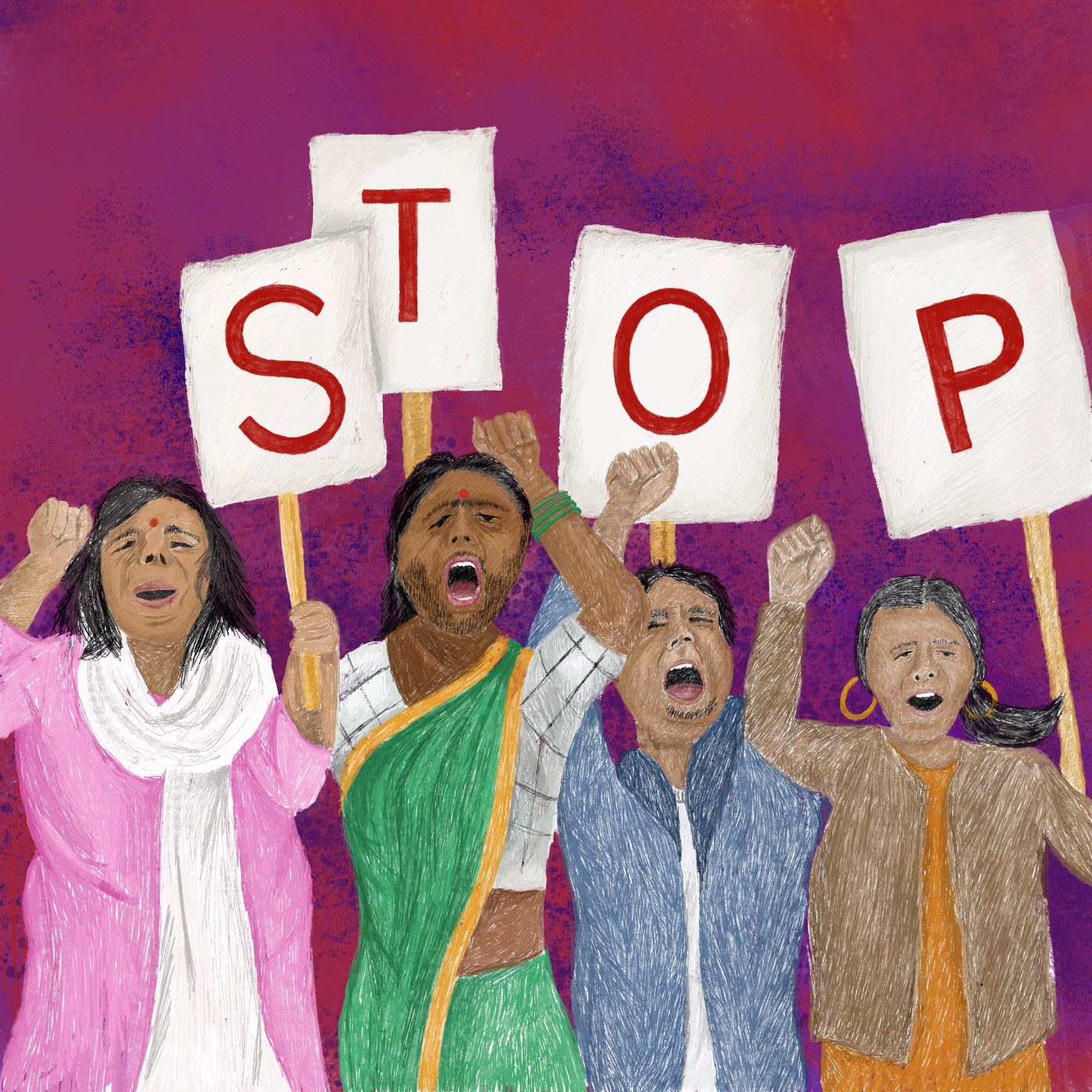Supreme Court recently in a statement inquired the government about the logistics and details of Mission Shakti, an ongoing scheme to help women going through domestic abuse. The Supreme Court states that Mission Shakti is suffering from a lack of trained personnel, making it wholly inefficient in its mission to help victims of violence. Launched in April 2022, Mission Shakti was commissioned by the Ministry of Women and Child development. The scheme addresses a wide range of women’s issues, including both safety from abuse and violence: “sambal“, and economic empowerment, “samarthya“. According to a press release by the ministry, the “sambal” wing of the programme contains measures such as One-Stop Centres, Women Helpline, Beti Bachao Beti Padhao, and Nari Adalat.
The “samarthya” wing includes programmes such as Ujjwala, Swadhar Greh, and others. While good in theory, the Supreme Court has shed light on some of the weaker aspects of the implementation of this programme. In particular, it has raised concerns about the shortage of protection officers to assist women approaching these one-stop centres.
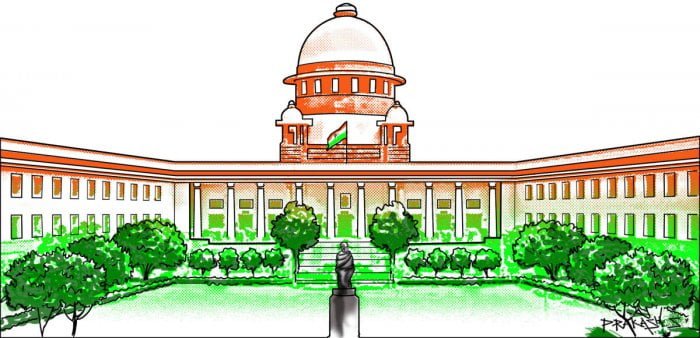
Hearing a petition about the lack of protection officers by “We the Women of India“, represented by Advocate Shobha Gupta, the Court directed the Ministry to place on record details about the implementation of Mission Shakti, specifically the establishment of one-stop centres, their staffing patterns, and distress calls. Furthermore, the government was called to provide details about the common dashboard proposed, and in general, establish the progress of implementation and demonstrate how the scheme was supposed to help women in distress. Specifically, the Union Government has been asked to collect data about the effectiveness of Mission Shakti.
Subsequently, data provided by NALSA, the National Legal Services Authority, as well as the Union Government itself, sheds light on the pitiful state of the programme, with about 4.71 lakh cases under the domestic violence act, with another 21,000 cases pending under appeal and revisions. The number of protection officers has been called into question, being incredibly low leading to a slow rate of closing of cases.
Protection officers, who are usually women, play a large role in giving women the chance to speak up against their abusers. Protection officers are the first point of contact for women who have decided to seek recourse from abuse. They assist victims in writing domestic incident reports, filing complaints with the court, and generally through the process that allows for legal recourse. This can include informing victims about their rights and providing free access to legal representation.
Also Read: Why Was The Adultery Law Anti Women: A Look Back At Its History & Supreme Court’s Verdict
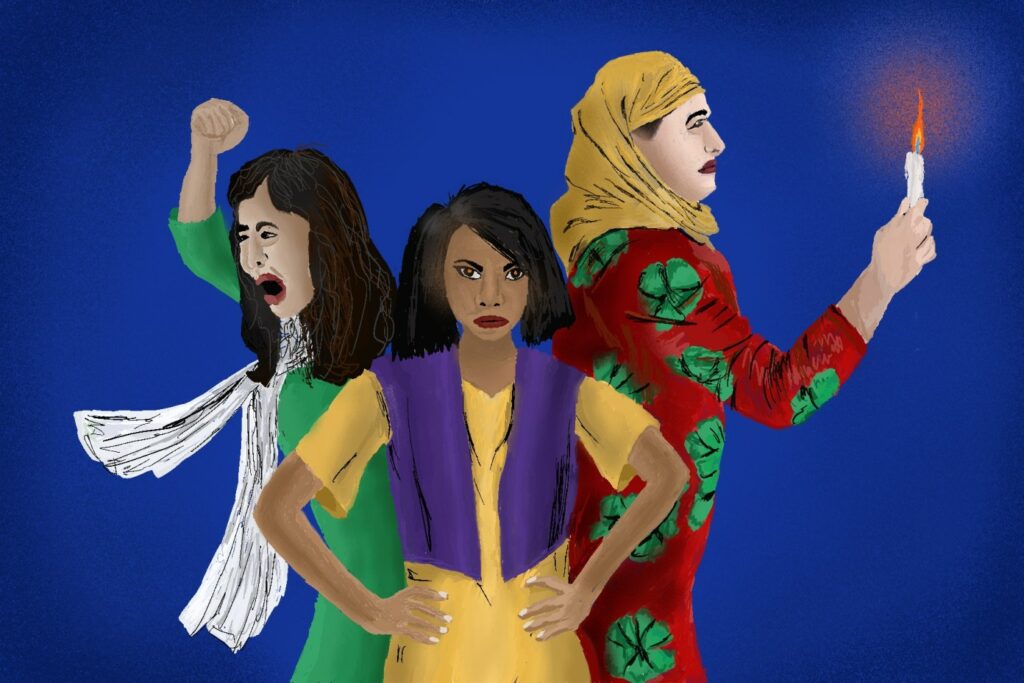
The protection officer also acts as a medium of communication between women seeking recourse and the generally more hostile police, ensuring that women do not have to be re-traumatised when they are seeking justice. Lastly, the protection officer also ensures that the victim does not continue to be harassed, taking the necessary steps to place distance between the victim and the abuser while the process of complaint and legal recourse is underway.
This can include access to medical aid and other service providers such as for housing and food. In totality, protection officers are crucial in the steps to provide women with a quick plan of escape from abuse and a way to obtain any sense of justice in their life.
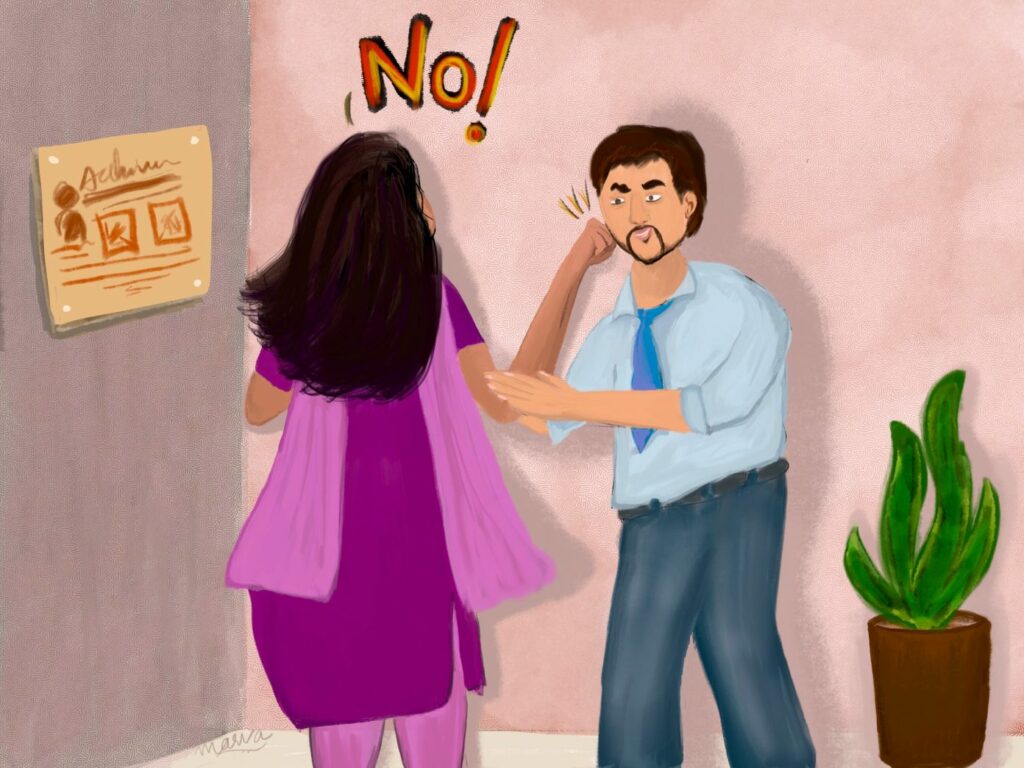
However, it is this crucial role that is either not filled, or not easily locatable in India. In a case in 2012, the court took up a case in Gujarat where women who wanted to file domestic abuse complaints were told to wait three months simply due to the lack of protection officers available, and the large backlog of complaints. The court noted that only one protection officer was found to be working in the Ahmedabad district, and other districts simply did not have protection officers at all. These protection officers, due to their understaffed workplaces, are given additional roles beyond their job profile, making them unable to complete their work efficiently. They are often on temporary contracts and not given the necessary tools required to complete their job.
Lastly, even where protection officers are available, there were little to no services to connect abused women to protection officers, especially women from rural backgrounds who did not have access to the Internet. Under such circumstances, it was apparent that even back in 2012, the system was riddled with loopholes and a majority of women were slipping through the cracks.
Also Read: The Supreme Court’s Restricted Legal Understanding Of Rape & Marriage
The need for domestic violence services also increased drastically during and after the COVID-19 lockdown. With tensions on the high due to income uncertainty and anxiety, as well as with men and women locked together in close quarters, and compounded with the shutdown of most facilities due to staffing issues, domestic violence cases increased drastically. At the same time, domestic violence facilities were the least accessible, exacerbated by lockdowns and the economic slowdown. Since the re-opening of the country and the economy, making domestic violence recourse facilities available for the lakhs of women across the country who need it should be priority number one.
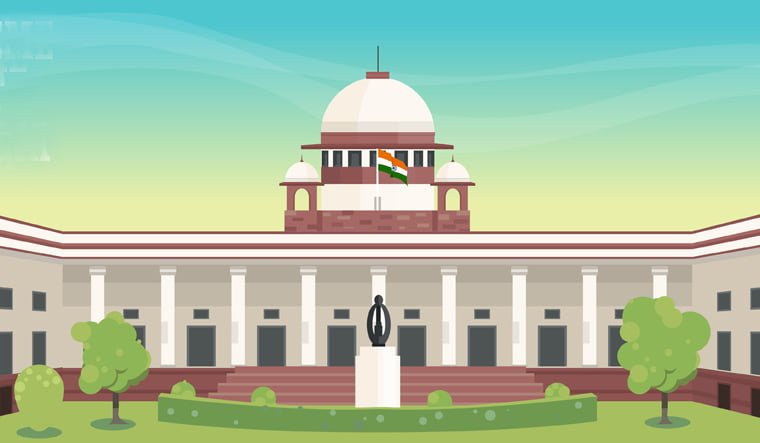
Using NALSA figures, the bench calculated that with 4.4 lakh cases pending in 801 districts, each protection officer would be saddled with over 500 cases, completely impossible to address in any reasonable time frame. This is especially pertinent since domestic violence is usually time-sensitive, with violence progressing in intensity over time and having severe repercussions for women and children. When left unaddressed, there may not be a woman left to save.
The court noted that if more protection officers were not recruited and trained to provide protection to women, Mission Shakti would be reduced to simply a dead letter, completely inefficient to the point of being insignificant. More importantly, it would mean that women in India, especially economically underprivileged women who do not have access to resources and education necessary to save themselves, would be left without any legal recourse to free themself from abuse. It is a breakdown of any systems of protection of marginalised populations in the country, making India a much more dangerous place for its women and children.
Also Read: Domestic Violence And The PWDVA: Its Limitations In The Current Implementation
The Supreme Court has asked the government to provide it with details about the number of one-stop centres, protection officers, staffing patterns, distress call data, and more. The government has also been asked to disclose details about any online portals which could be used to direct victims of domestic abuse. Lastly, the government has been asked to provide material on how Mission Shakti could feasibly implement the Domestic Violence Act.
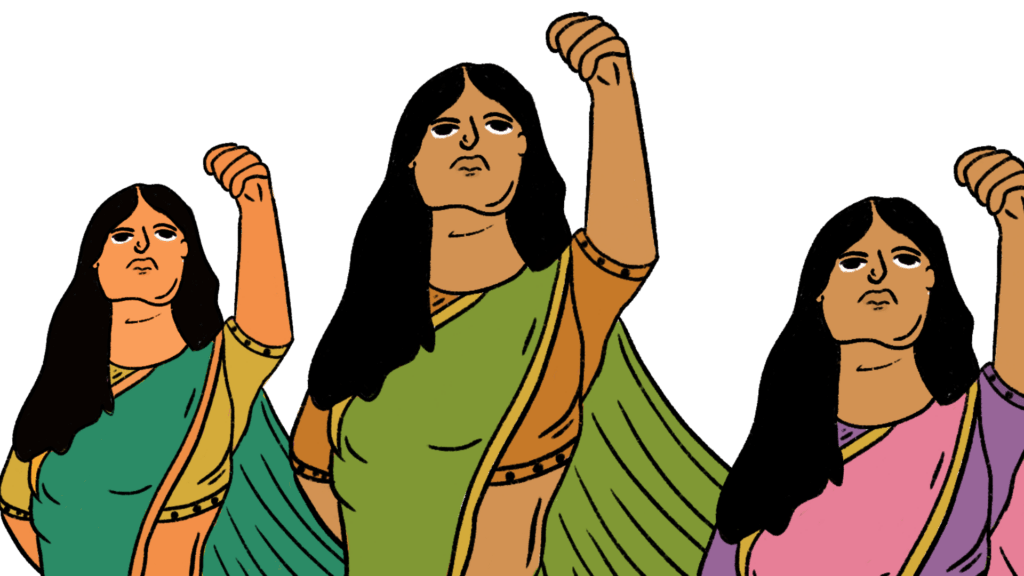
All in all, it seems that the Supreme Court is asking the Union Government for accountability. Given that it is the role of the judiciary to provide checks and balances on the government, it is pertinent that they are exercising their responsibility and mandate by asking the government for accountability for the schemes they announce. This will provide an impetus for the government to ensure that their programmes are not simply marketing campaigns for voters or surface-level measures, but can provide some recourse to the thousands of women across the country who need it.
